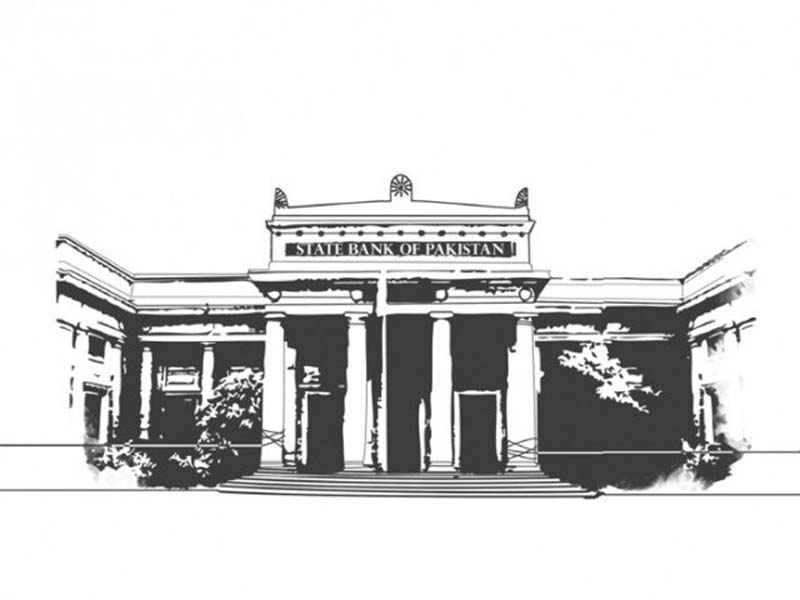
A few days later, the State Bank of Pakistan (SBP) revealed its own figures suggesting that the deficit was actually 13% – a discrepancy of nearly $3 billion with PBS stats.
While seasoned analysts and researchers are able to comprehend reason for this difference and work out a reconciled trade data, many commoners and even trade bodies are at a loss to understand what has happened.
A deeper look into the numbers reveal large gaps between statistics reported by the two organisations.
For the period under review, PBS communicated that total exports were $12.072 billion, down 4.3% over the comparable period of 2013. However, SBP said exports were actually $12.221 billion, a change of just 2%.
In imports, this discrepancy was even higher. PBS reported total imports of $24.2 billion, depicting an 11.68% rise, while SBP cited imports at $21 billion, a climb of 4.19%.
SBP says this difference occurs due to separate nature of statistics used by the two organisations.
For instance, the central bank relies on receipts and payments of foreign exchange to compile its data while PBS gleans information from Pakistan Customs – the physical movement of goods.
Moreover, SBP records both exports and imports on Free on Board (FOB) basis. PBS uses only the FOB figure to compile exports but includes freight and insurance costs with imports.
Similarly, SBP altogether ignores trade with Afghanistan and whatever is made in the Export Processing Zones.
A reconciled set of data, which factors in these known sources of differences, was shared by the SBP with The Express Tribune and it says that PBS exports were actually $12.123 billion and imports $22.053 billion.
But this gives rise to more questions. If the SBP data is based on actual realisation of foreign exchange proceeds and PBS depends on value of trade goods as assessed by customs, then does it mean that someone is not making complete disclosures?

Trade associations are often at loggerheads with reporting agencies over exact trade figures just like the Pakistan Bedwear Exporters Association rejected SBP’s claim of rise in bed wear exports.
Product comparisons even more shocking
A review of product categories is even more confusing because of a wide gap in data reported by SBP and PBS.
For instance, PBS said cotton yarn export was down $102 million, while SBP said that it dropped $253 million.
For the category of bed wear goods, PBS said that the exports declined $10 million. On the other hand, SBP said it went up by $127 million.
Most severe difference appears in naphtha. PBS said that the export of naphtha – which is a raw material for petrol – plunged $235 million. However, the state bank said it was down just $2 million.
The difference in various imported goods is even more glaring. If PBS is to be relied upon then import of power generating machinery increased $212 million. But SBP insists it was up by only $16.8 million.
As per PBS, import of petroleum products slipped by $428 million. But SBP says it was down only $150 million.
And then there is the subject of gold. While PBS says value of the yellow metal imported into the country was down $150 million, SBP says it slightly moved by $0.08 million.
Despite repeated attempts, no one from PBS was available for comment.
THE WRITER IS A STAFF CORRESPONDENT
Published in The Express Tribune, March 9th, 2015.
Like Business on Facebook, follow @TribuneBiz on Twitter to stay informed and join in the conversation.














1713509570-0/Taylor-Swift-Album-Release-(1)1713509570-0-270x192.webp)






















COMMENTS
Comments are moderated and generally will be posted if they are on-topic and not abusive.
For more information, please see our Comments FAQ